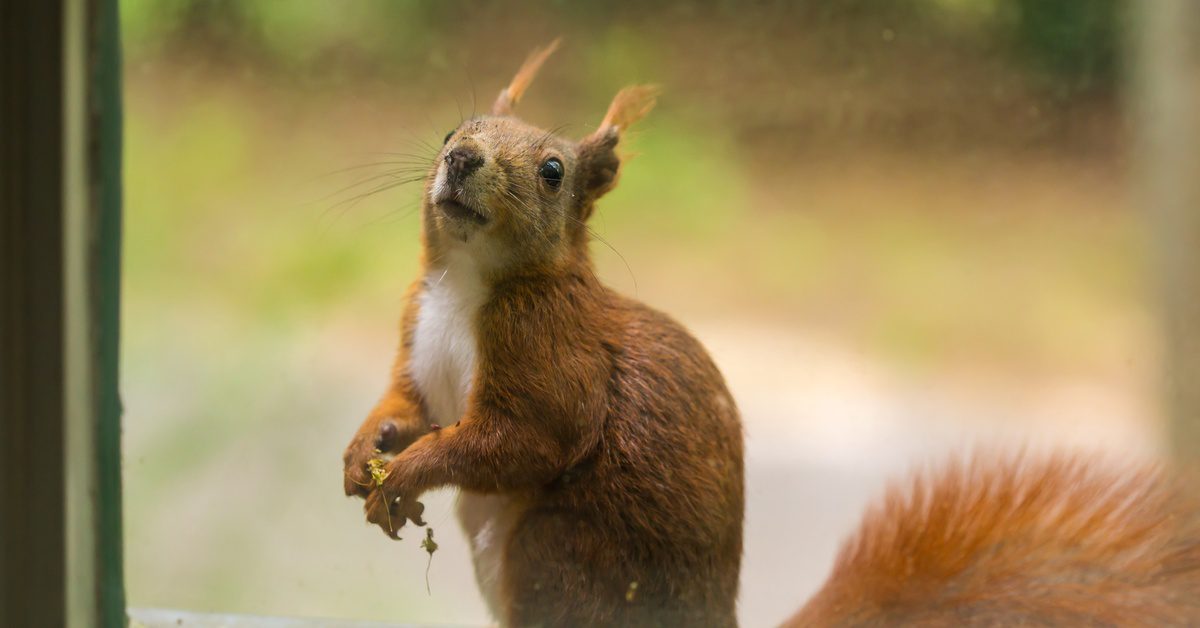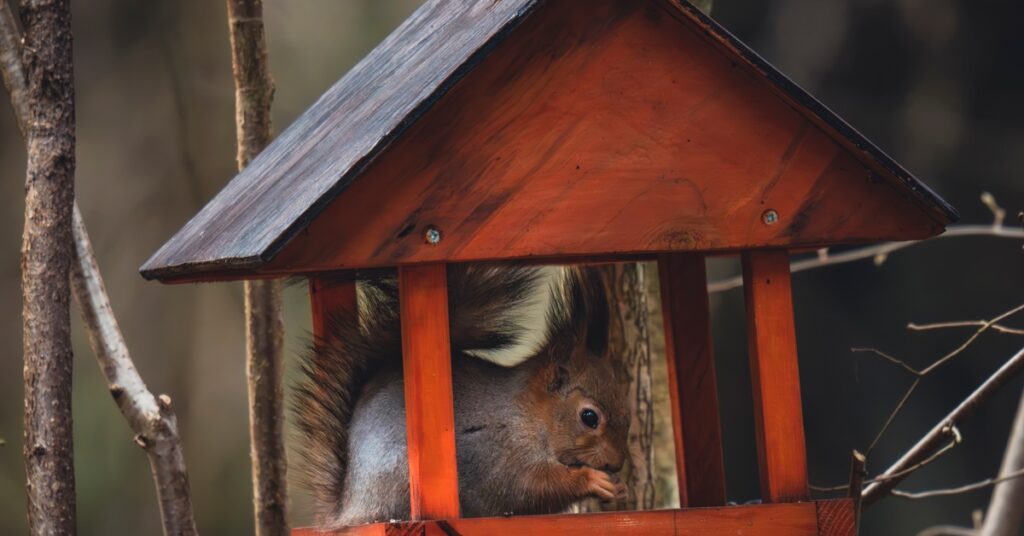
Common Myths About Squirrels: Debunking Misconceptions
Squirrels are fascinating creatures that often draw people’s attention when darting across a yard, climbing trees, or pausing briefly to munch on something. However, it’s important to remember that these interesting animals are still wild rodents that can be harmful.
People ignore this fact because of several myths surrounding squirrels that have created misconceptions about their behavior and impact on human environments. Read on as we debunk common myths and misconceptions about squirrels.
Squirrels Aren’t Dangerous to Your Well-Being
One of the prevailing myths regarding squirrels is that they cannot pose a threat to humans. While they exhibit shy and cautious behavior when encountering people, dismissing them as completely harmless oversimplifies the situation.
Squirrels have sharp teeth, which can cause injuries if they feel cornered or provoked. Further, their claws, though not used aggressively, are strong enough to scratch the skin should accidental encounters occur.
There’s also the fact that some squirrels can spread illness, including diseases such as rabies, tularemia, leptospirosis, or Lyme disease. Direct contact is uncommon, but individuals must still take precautions, especially when dealing with injured or trapped squirrels.
Avoid handling squirrels without protective measures, and always contact professionals for safe removal when concerns arise. Underestimating potential risks may lead to unsafe behaviors, so understanding the facts is essential.
They Sleep During the Wintertime
Another common myth about squirrels is that they hibernate throughout winter. Unlike animals that hibernate for months, squirrels remain active. Their survival during this time depends on their caching behavior, where food reserves are meticulously hidden in various locations beforehand.
The idea of winter sleep does not reflect the resourcefulness and adaptive strategies these animals display throughout the colder months. In fact, you may find squirrels entering your home during the winter, trying to find a warm place to hide.
Squirrels Stay in the Trees

When people think of squirrels, they often picture them perched on a branch or leaping between treetops. However, the assumption that they only live around or in trees is quite incorrect. Squirrels are versatile creatures that thrive in multiple environments, moving comfortably beyond the confines of forests.
Many adapt to home settings to forage and nest, such as in your basement or crawl space. These adaptations highlight their ingenuity and ability to make use of available resources. Discounting their range of movement does a disservice to a squirrel’s flexibility and survival skills, which extend well beyond arboreal habitats.
Their Diet Consists Entirely of Nuts
Pop culture has long cemented the narrative that nuts dominate a squirrel’s diet, but such generalizations ignore their omnivorous tendencies. Squirrels thrive on a wide range of foods rather than limiting their preferences to one category.
Depending on the species and environment, they consume fruits, leaves, fungi, small insects, and bird eggs. Squirrels often choose what to eat based on seasonal availability and the ecosystem they occupy. Misinterpreting their dietary habits can inadvertently impact how people interact with squirrels, from feeding practices to broader ecological understanding.
They Aren’t Smart Creatures

Squirrels often endure the reputation of being simple-minded, but evidence strongly suggests otherwise. Their behavior demonstrates sophisticated problem-solving abilities, from planning food storage to outsmarting predators. For example, research shows that gray squirrels can remember where they hid their nuts. This spatial memory points to advanced cognitive function that few expect from small mammals.
Squirrels are also quick learners, capable of observing and replicating human actions. Examples include squirrels solving complex puzzles to reach food rewards or devising new techniques to access bird feeders. Dismissing them as unintelligent ignores the innovation they showcase regularly. Recognizing their mental acuity makes it easier to appreciate their nuanced behavior and environmental adaptability.
Squirrels Can’t Hurt Your Home
Another erroneous belief is that squirrels pose no risk to residential structures. On the contrary, squirrels seeking shelter can create substantial problems. They gnaw relentlessly on roofs, siding, and vents to enter attics; then they build nests using insulation, wood fragments, and other household materials.
Their chewing habit extends beyond entry points. Squirrels gnaw on wires, posing safety hazards like electrical shorts or fire risks. Chewing nonedible materials maintains their dental health as their incisors grow continuously, but this behavior leads to damage when redirected toward structural components. Acknowledging the impact squirrels can have helps homeowners take necessary preventive steps, like sealing vulnerable areas or consulting professional rodent control services.
Sturdy Structures Are Safe From Squirrels
If you think your sturdy structures are impervious to squirrels, think again. Their problem-solving skills and persistence allow squirrels to routinely exploit potential weaknesses such as loose shingles, broken vents, or unsealed chimneys to infiltrate homes. Secure barriers need reinforcement since a squirrel’s determination can push them to find unconventional entryways.
Prevention involves more than relying solely on structural design. Homeowners should conduct periodic inspections with attention to small gaps or weak corners. Installing deterrents like mesh coverings over vents or trimming branches near rooftops can reduce access points. Understanding that security requires consistent monitoring fosters better protection against squirrel incursions.
They Will Eventually Leave
The belief that squirrels will eventually leave a home or attic on their own is a common misconception that can lead to prolonged damage and larger infestations. After establishing themselves in a particular area, squirrels are unlikely to abandon it without external intervention. Even seasonal factors like warmer weather may not incentivize their departure if the space provides consistent shelter and security.
During breeding season, mother squirrels will remain especially determined to stay in a location where their young are safe, making it even harder to dislodge them. Additionally, waiting for squirrels to leave on their own can be dangerous since they can damage your property and leave behind droppings and urine, spreading diseases.
Don’t Hesitate To Call Legacy Rodent Control for Assistance!
After learning more about these squirrel myths, it’s easy to see how they fail to illustrate the true habits of squirrels. If you have a pest problem, consult professionals so you can resolve the issue quickly. Procrastinating on the issue only gives squirrels more time to establish their presence and cause further harm. Contact an exterminator who can humanely and effectively remove them.
Legacy Rodent Control can help with our squirrel removal services in McKinney. We will remove the squirrels and give you tips on how you can keep them out permanently.
